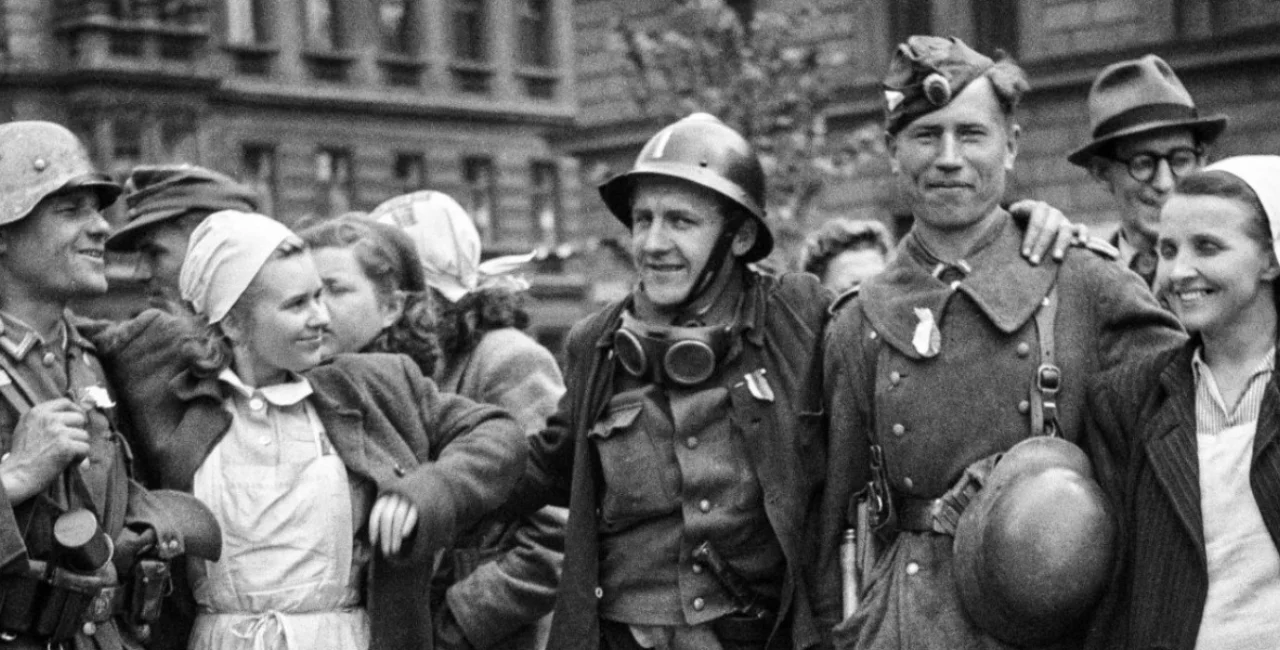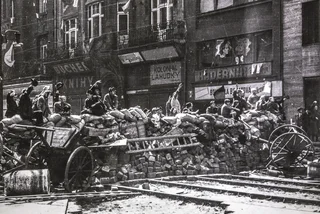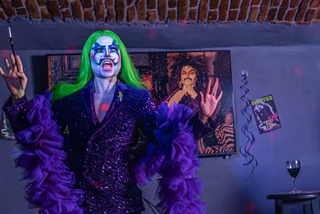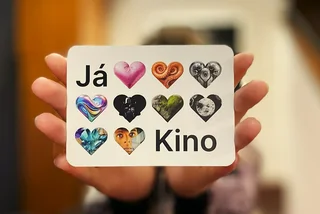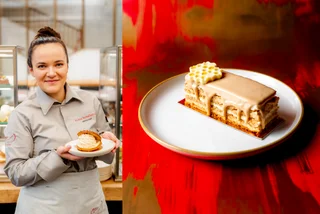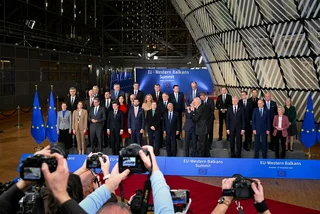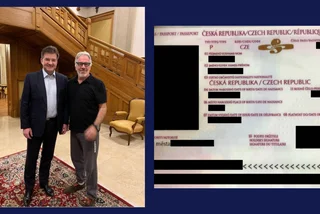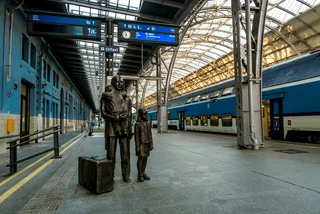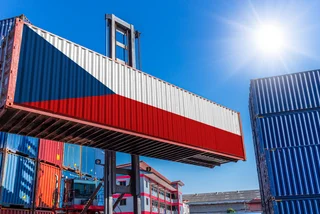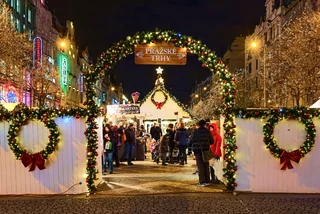In the final days of World War II, as Allied forces advanced across Europe and Nazi Germany crumbled, a spontaneous uprising broke out in Prague. On May 5, 1945, Czech resistance fighters and civilians took to the streets to push out the occupying German forces, sparking a brutal five-day battle for the city’s liberation.
The Prague Uprising was not the first nor the largest act of resistance in wartime Europe, but it remains one of the most symbolically important. It came just days before Germany’s formal surrender and cost more than 3,000 lives. For Czechia today, it stands as a defining moment of national pride, civic courage, and resistance to tyranny.
What was the Prague Uprising?
The Prague Uprising was a spontaneous revolt by Czech resistance fighters and ordinary citizens against Nazi Germany’s occupation of Czechoslovakia in the final days of World War II.
By May 1945, German forces were retreating across Europe, and widespread unrest had already broken out in many parts of the Czech lands. In Prague, tensions boiled over on May 5 when Czech police and civilians took control of the local radio station and broadcast a call to arms.
Fighting soon spread across the city. Czech insurgents—many of them poorly armed—built barricades in the streets and engaged in fierce urban combat with German troops and SS units. Radio broadcasts called on the Allied powers for help, and within days, Soviet troops were approaching from the east. U.S. forces, which had already liberated Pilsen to the west, halted due to pre-agreed postwar boundaries with the Soviet Union.
By May 8, German forces in Prague negotiated a surrender with the Czech National Council, allowing for an organized withdrawal. Soviet troops entered the city the next day, May 9, securing its full liberation. Though brief, the uprising claimed over 3,000 Czech lives and marked the end of more than six years of Nazi occupation.
The Prague Uprising has since come to symbolize Czech resistance during WWII. It demonstrated that Czechs were not passive victims of occupation but active participants in their own liberation.
However, its memory was later shaped—and in some cases distorted—by the postwar communist regime, which minimized the role of Western Allies and resistance leaders not aligned with communist ideology. One notable example is General Karel Kutlvašr, a commander of the uprising who was later imprisoned by the communists for life.
Remembering the victims and their values
Eight decades later, the memory of the Prague Uprising remains a vital part of Czech national identity. On May 2, Czech leaders gathered at Pankrác Prison in Prague to commemorate the victims of both the uprising and Nazi atrocities.
The location was symbolic: more than 1,000 people were executed by guillotine at the site during the occupation. A plaque honors Emil Laný, a lawyer and resistance fighter killed there by a German airstrike during the uprising.
Speaking at the event, Senate Vice-Speaker Jiří Drahoš stressed the importance of remembering not only the fallen, but also the ideals they died defending: democracy, freedom, and human dignity. He emphasized the courage of the uprising’s participants and the values they stood for.
“They joined forces to express their resistance to tyranny and occupation,” Drahoš said. “More than 3,000 Prague citizens paid with their lives.”
Prague Mayor Bohuslav Svoboda also highlighted the continuing relevance of the Prague Uprising. “The atrocities that took place at Pankrác also need to be regularly commemorated to prevent their repetition,” he said.
Other speakers echoed this warning, noting that the transition from Nazi to communist rule brought a new form of injustice to postwar Czechoslovakia. The ceremony served not just as a tribute to the dead, but also as a reminder to safeguard democratic values in the present.
An 80th anniversary exhibition connects past and present
In the heart of Prague, a new outdoor exhibition marks the 80th anniversary of the end of WWII with a focus on the city’s liberation. Open through May 30, the V for Victory exhibit at Mariánské náměstí outside Prague City Hall features historical panels, archival photos, and rare artifacts—including an authentic tank that participated in Prague’s 1945 battles.
The exhibition details key events of the Prague Uprising and its aftermath, the role of Soviet and Western Allied forces, and the stories of Czechoslovak pilots who returned from Britain after the war.
Special attention is paid to the lives lost and the moral stakes involved in the resistance. Nighttime light installations in Prague’s red and yellow city colors—and later the Czech tricolor—highlight the significance of the tank on display. The event is not only a look back, but a call to uphold democratic principles in today’s uncertain world.
“Each name, each story, each victim left a mark on our history,” said Prague councillor Daniel Mazur. “We best honor their memory by strengthening our present-day resolve to defend ourselves—as a society, as a country, and as part of a world based on rules and responsibility.”
Other commemorative events remembering the Prague Uprising on its 80th anniversary include re-creations of wartime barricades, public performances, and exhibitions coordinated by the Twentieth Century Memorial Museum and Post Bellum. These efforts aim to engage new generations with a chapter of history that continues to resonate.












 Reading time: 4 minutes
Reading time: 4 minutes 